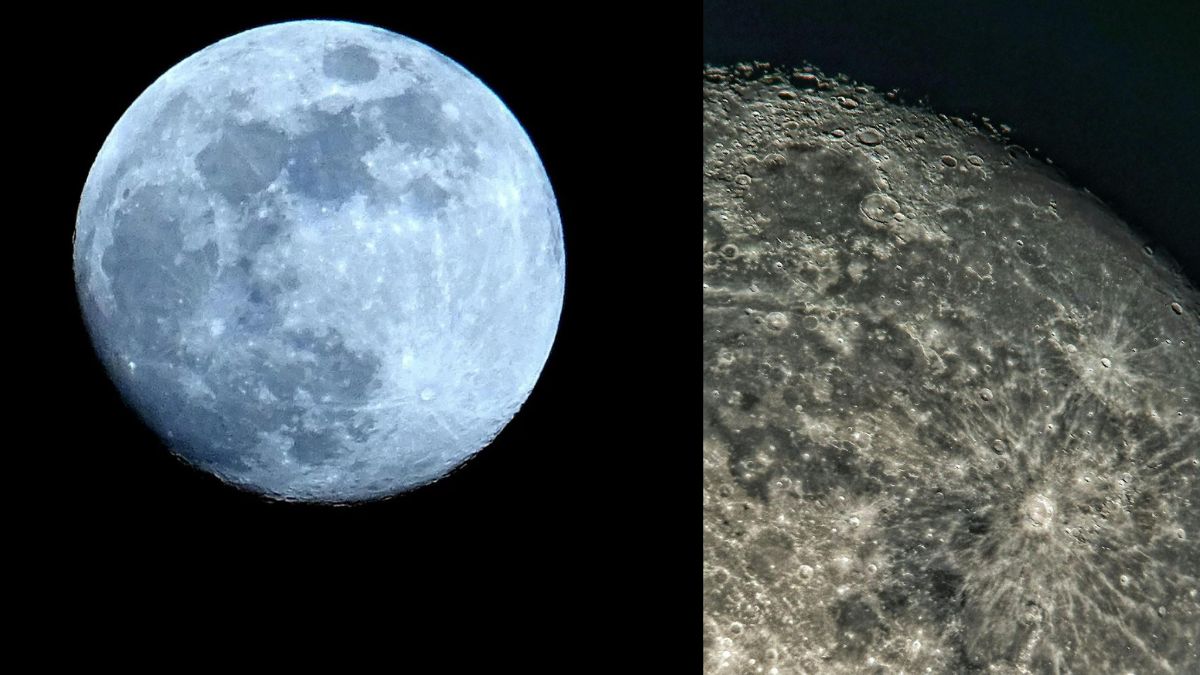Moon has been added to the World Monuments Fund’s (WMF) list of endangered heritage sites. This addition is due to concerns over possible exploitation and harm anticipated from upcoming commercial missions- both human and robotic missions. This marks as an important milestone in acknowledging the urgent need to safeguard the legacy of human exploration beyond our planet. Experts worry that the very sites that mark humanity’s first steps on the Moon could be at risk of being damaged or lost forever.
Moon Among 25 Sites
The Chief Executive of WMF, Bénédicte de Montlaur, stated that the Moon was included among the 25 sites due to “mounting risks amidst lunar activities,” which WMF believes are being conducted “without adequate preservation protocols.”
Space Tourism- 90 Such Sites On The Moon Are At Risk
The Moon is facing growing threats from increased human and robotic activity. Reports suggest that NASA’s Artemis program aims to establish a permanent lunar base by 2025, while private missions from SpaceX and other companies are reportedly intensifying lunar activity. NASA’s program may invite Private trips to the lunar surface. Experts are raising concerns about the impact of “space junk” and the potential damage caused by space tourism. It is also been mentioned that there’s also a real danger of looting and unauthorized visits erasing major historic footprints and artifacts, which according to WMF, are irreplaceable symbols of human achievement. Currently, over 90 such sites on the Moon are at risk of being lost forever.
What The Watchlist Of The World Monuments Fund (WMF) Contain
It usually includes vulnerable cultural sites on Earth. This year marks the first selection since 2022, featuring Qhapaq Ñan, an ancient pre-Hispanic Andean road network. Additionally, the list includes Antakya in Turkey and the Noto peninsula in Japan, both of which have suffered damage from recent earthquakes.
Montlaur emphasised to the Art Newspaper that it was important to establish international mechanisms to protect the moon’s cultural landscape amid a new era of space exploration,
“Safeguarding lunar heritage will prevent damage from accelerating private and governmental activities in space, ensuring these artefacts endure for future generations,” she said.
The WMF list predominantly features sites located in conflict zones, such as Ukraine and Gaza, or those severely threatened by the climate crisis. Notable inclusions are the Swahili Coast of Africa, home to heritage sites like Lamu Old Town and Fort Jesus in Kenya, as well as the Island of Mozambique, which faces significant risks from coastal erosion. The WMF also drew attention to the destruction of Gaza’s historic urban fabric, devastated by the ongoing conflict with Israel.













